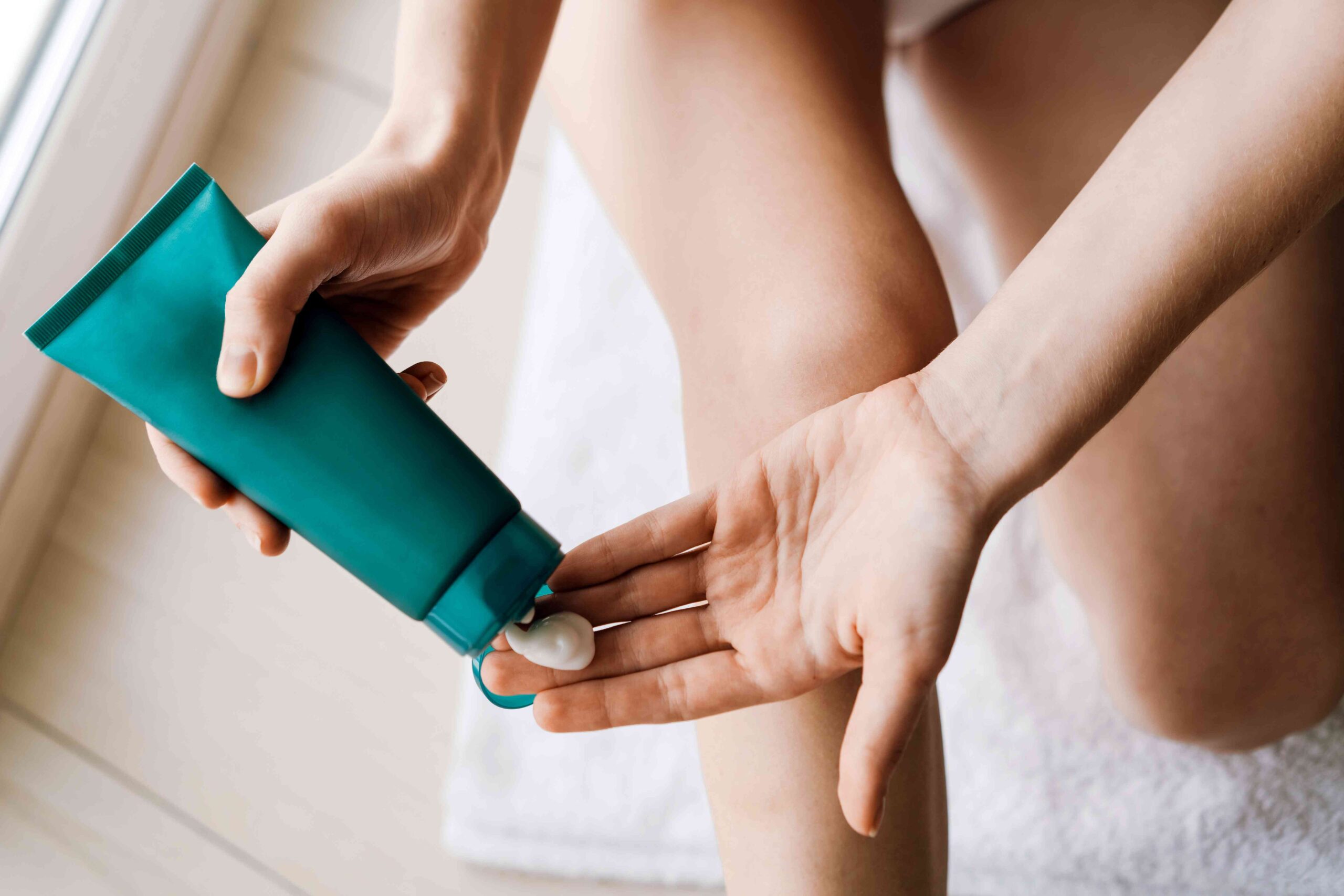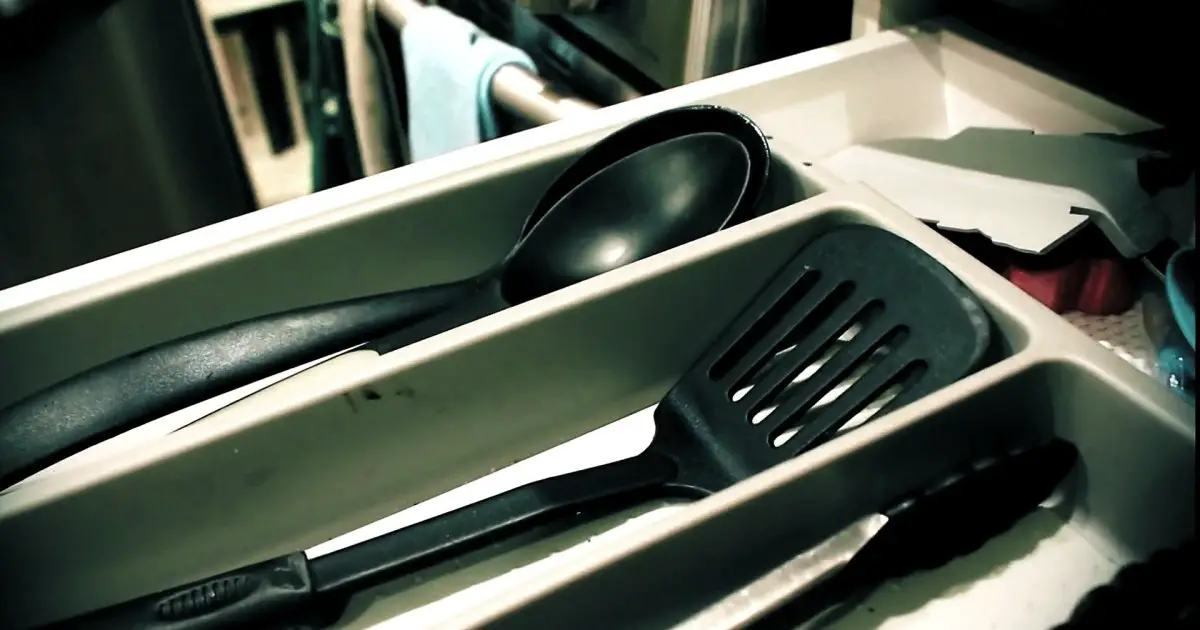
[ad_1]
:max_bytes(150000):strip_icc():format(jpeg)/Health-GettyImages-1471474655-4f9cc26a37424d0487d61f83690000f2.jpg)
Hidradenitis suppurativa (HS) causes painful bumps under the skin, typically on skin folds, like the groin area, armpits, inner thighs, buttocks, and under the breasts. Bumps often begin as small pimple-like spots that grow slowly. They can appear swollen, red, or darker than your normal skin tone and may be itchy, tender, or extremely painful before the bumps rupture or burst. Healing is slow, and bumps may reappear.
This cycle of inflammation and healing can cause significant scarring. HS scars range from small, discolored spots to raised, thickened scar tissue (keloids) or sunken, pitted skin. Many people seek treatment because scars are often painful, restrict movement, and affect body image.
Treatment by a dermatologist (doctor specializing in skin conditions) can help improve the skin’s appearance and reduce discomfort. Surgery is currently the most common approach. Procedures like excision and deroofing can remove or repair scar tissue to reduce a scar’s appearance when other treatments are ineffective.
Excision is the surgical removal of scar tissue. It is an option for deep, painful scars and scars that restrict movement.
Surgeons sometimes use a skin graft to cover the scarred area. This involves transferring healthy skin from another body area and grafting (placing) it over the removed scar. In other cases, healthcare providers may use a flap, which involves repositioning nearby tissue to repair a scarred skin area.
Deroofing involves removing the top layer of affected HS lesions (bumps), which allows the area to heal from the inside out.
During the procedure, the provider removes the “roof,” or top layer of skin, that covers the tunnels (sinus tracts) formed by HS bumps deep beneath the skin surface. Deroofing exposes the underlying tissue, allowing the area to heal more evenly and reducing the likelihood of further inflammation or infection.
Deroofing is particularly effective for chronic, interconnected scars and tunnels. It relieves pain and improves mobility in the affected area.
Laser resurfacing uses high-energy light to treat HS scars by removing thin layers of damaged skin (scars) to relieve pain and itching and improve mobility if a scar restricts movement.
While laser treatment can make a pitted or raised scar less visible, it doesn’t completely remove it. However, the treatment stimulates the production of collagen and the growth of smoother, more even skin. The heat from lasers penetrates deeper layers of skin and stimulates collagen production, leading to smoother skin.
After a laser treatment, you may experience swelling and mild itching or stinging for up to three days. Over the next 5-7 days, the outer layer of skin will peel away as part of the healing process. Depending on the size and location of the scar, recovery time ranges from 10-21 days.
Depending on the severity of scarring, you may require several laser therapy sessions for optimal results.
Retinoids are chemical compounds made from vitamin A. They can be applied to the skin (topically) to treat several skin conditions, including acne. Retinoids have not been extensively studied for the treatment of HS, though some believe they may be helpful.
Some experts think the topical retinoids Differin (adapalene) or Avage (tazarotene) can benefit HS scars due to their anti-inflammatory effects and ability to break down the first layer of skin. The products have been shown to improve skin discoloration after inflammation and indented (atrophic) acne scars, which may prove helpful in reducing the appearance of HS scars.
Other scar-reducing techniques are available, but they might not work well on HS. HS leaves scars that are different from others, such as acne scars.
More research is needed to say whether the following treatments could benefit HS scars. Ask your healthcare provider if they think any of the following scar treatments might work for you:
Scar Creams and Lighteners
Scar creams and lighteners may improve the appearance of superficial (surface-level) or hyperpigmented (dark) scars. Applying these products directly to the affected skin promotes skin regeneration and healing, helping improve skin texture and tone.
Retinoid-based products might work, but there’s not enough evidence to say whether topical scar creams and lighteners containing ingredients like salicylic acid or hydroquinone can help fade discoloration or stimulate skin healing in HS.
If they do work, topical treatments may take several months of consistent application to notice visible results. They are likely to work better on new scars or areas of hyperpigmentation rather than more severe or older scars.
While topical HS scar treatments are generally safe and well-tolerated, some people may experience skin irritation or allergy-like reactions, such as itching, swelling, or redness.
Dermabrasion or Microdermabrasion
Dermabrasion and microdermabrasion are exfoliating techniques that can help reduce the appearance of scars and improve skin texture.
Dermabrasion (dermaplaning) is when a dermatologist uses a special tool to surgically scrape the top layers of skin, giving it a smoother appearance and reducing texture irregularities, such as pitted scars. Before scraping the skin, your dermatologist will numb the affected area.
Microdermabrasion is a gentler version of dermabrasion, where a dermatologist removes only the topmost layer of skin. This procedure is typically painless, and recovery is minimal. You may need several sessions to notice the results.
Microneedling, or collagen induction therapy, uses tiny needles to create micro-injuries (tiny punctures) in the skin. This procedure stimulates the body’s healing process, promoting collagen and elastin production to improve the texture and appearance of scars.
Microneedling sessions typically take about 30 minutes, depending on the size of the treatment area. You may require several sessions spaced weeks apart. Visible results develop gradually as the body generates new collagen. Many people notice improvements within a few weeks, but it often takes several months to see the full effects.
When performed by a trained dermatologist, microneedling is safe for all skin tones. However, some people experience a sunburn-like sensation, and the treated area may develop redness (in light skin tones) or darker patches (in darker skin tones) while healing.
Scar Massage
Scar massage is a simple and effective method for reducing tightness, itching, and discomfort in some scars. It is most effective for newer or raised, tight scars (keloids) that limit your skin’s flexibility or mobility. You can do scar massage at home or with the help of a licensed massage therapist experienced in scar management.
Daily scar massage for at least six months can improve scar flexibility, reduce pain, and enhance mobility. Once the scar is no longer tender and has good movement, you can reduce the frequency. Apply a moisturizer like cocoa butter, shea butter, or scar cream to reduce friction and boost your skin’s hydration.
It can be difficult to prevent hidradenitis suppurativa scars, but identifying lesions early and following your treatment plan may reduce the likelihood and severity of scarring.
Incorporating certain self-care practices into your routine can help reduce the frequency and severity of HS flare-ups, lowering the risk of scarring. These include:
- Clean your skin with an antimicrobial wash: A wash containing ingredients like benzoyl peroxide or zinc pyrithione can help reduce the bacteria on your skin, reducing the frequency of HS flare-ups and the risk of infection.
- Be gentle with your skin: Avoid scrubbing, as it can irritate and inflame the skin, worsening HS symptoms. Gentle cleansing is sufficient. Remember, having HS doesn’t mean your skin is dirty.
- Take care when removing hair: Shaving and waxing can irritate sensitive HS-affected skin. If shaving, wash the area with antibacterial soap first, apply a protective gel, and shave carefully to avoid nicks and cuts that can lead to new lesions or infections. For a longer-term solution, consider laser hair removal, which can reduce flare-ups by decreasing hair follicles, bacteria, and oil gland activity.
- Avoid picking or squeezing lesions: Manipulating the affected areas can worsen inflammation and increase the risk of scarring or infection.
- Wear loose-fitting clothing: Tight or rough fabrics can irritate your skin and cause or worsen irritation and lesions.
- Choose gentle antiperspirants and deodorants: Look for products free from harsh ingredients like alcohol, baking soda, parabens, dyes, and fragrances, which can trigger or irritate HS lesions.
- Work with a dermatologist: Collaborate with a dermatologist to find an effective HS treatment plan, which may include antibiotics, biologics, or anti-inflammatory medications, to minimize skin damage.
While hidradenitis suppurativa (HS) scars can affect your physical and emotional well-being, several treatment options can improve their appearance.
Options like excision, deroofing, CO2 laser therapy, and retinoids may help improve the appearance of HS scars. Other treatments commonly used in scar treatment may not work on HS scars.
Prompt treatment of symptom flare-ups and self-care practices can help manage flare-ups and lower the risk of new scars forming. Talk to a dermatologist to discuss which HS scar treatments may suit you.
[ad_2]
Source link






